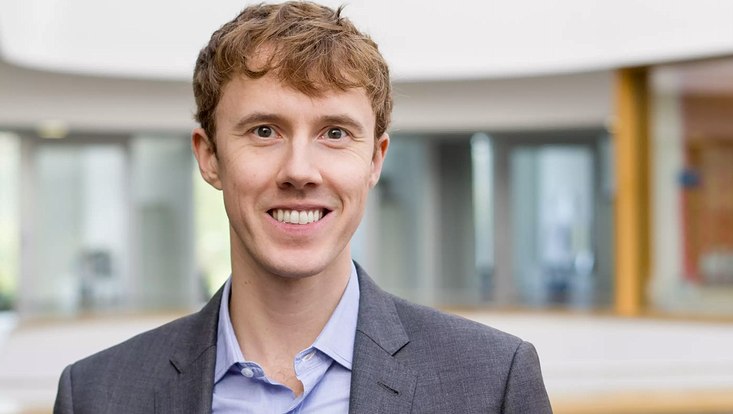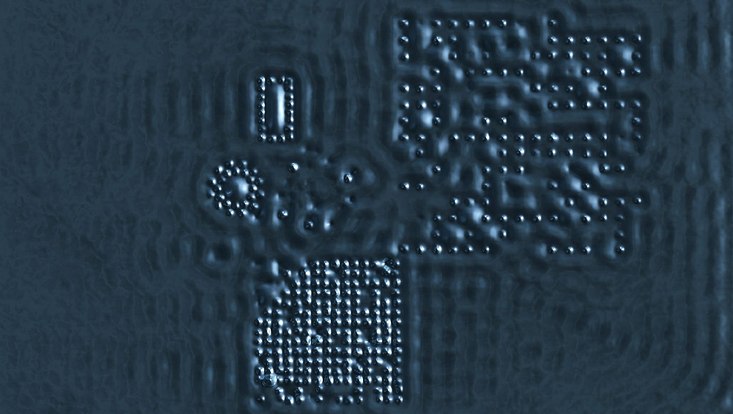Combining three time-resolved photoemission techniques in a single instrument
24 January 2020

Photo: DESY/Dmytro Kutnyakhov
A new article describes a versatile instrument that enables time-resolved momentum microscopy, time-resolved X-ray photoelectron spectroscopy and time-resolved X-ray photoelectron diffraction in a single experimental setup.
As the world’s first free-electron laser in the soft X-ray range, FLASH at Deutsches Elektronen-Synchrotron (DESY) in Germany generates ultrafast pulsed laser flashes of extremely high intensity, offering a multitude of experimental opportunities in physics, chemistry and biology. Now, a new generation of time-resolved photoemission spectroscopy experiments at FLASH can probe condensed matter systems like low-dimensional materials, molecular crystals and quantum materials in unprecedented detail.
A new article describes a versatile instrument that enables time-resolved momentum microscopy, time-resolved X-ray photoelectron spectroscopy and time-resolved X-ray photoelectron diffraction in a single setup. Momentum microscopy simultaneously measures the two transverse momenta of photoelectrons, typically from the valence and conduction bands of materials, while X-ray photoelectron spectroscopy focuses on measuring the core electronic levels, and X-ray photoelectron diffraction characterizes the coherent photoelectron scattering with bulk and surface in a momentum-resolved manner. Traditionally, these experiments are carried out using separate instruments. Now, all three photoemission techniques have been successfully realized with the same instrument. Additionally, the techniques have been extended into the time domain at the PG2 beamline of FLASH via pump-probe-type experiments by combining a time-of-flight momentum microscope – which serves as a detector/spectrometer – with the free-electron laser’s multiple capabilities.
The instrument incorporates full-field momentum-resolved imaging and time-of-flight energy recording in the detector for direct mapping of multidimensional electronic structures, along with a sample preparation chamber and characterization tools.
The researchers demonstrated the instrument performance by investigating carrier dynamics in a model system of layered tungsten diselenide semiconductors. The 4D photoelectron diffraction results put the multi-valley dynamics of the nonequilibrium populations in full view. This allowed for efficient extraction of dynamical properties of distinguishable subsystems.


